A Steamy Weekend
18 & 19 April 2009
With Lucy away in Louisiana, Stephen decided to make a
couple of visits to places that had been on the "to do" list for some
time.
Kew Bridge Steam Museum
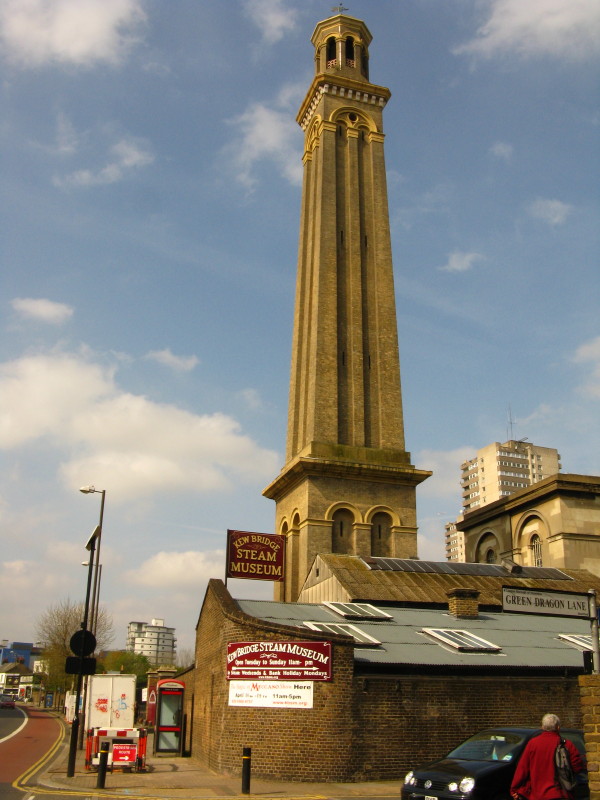
The Kew Bridge Pumping Station was originally opened in 1838 by the
Grand Junction Waterworks Company, an offshoot of the Grand Junction
Canal Company. The Kew Bridge Steam Museum houses a museum of water
supply and a collection of water pumping steam engines, and its
standpipe tower seen here is a prominent landmark.
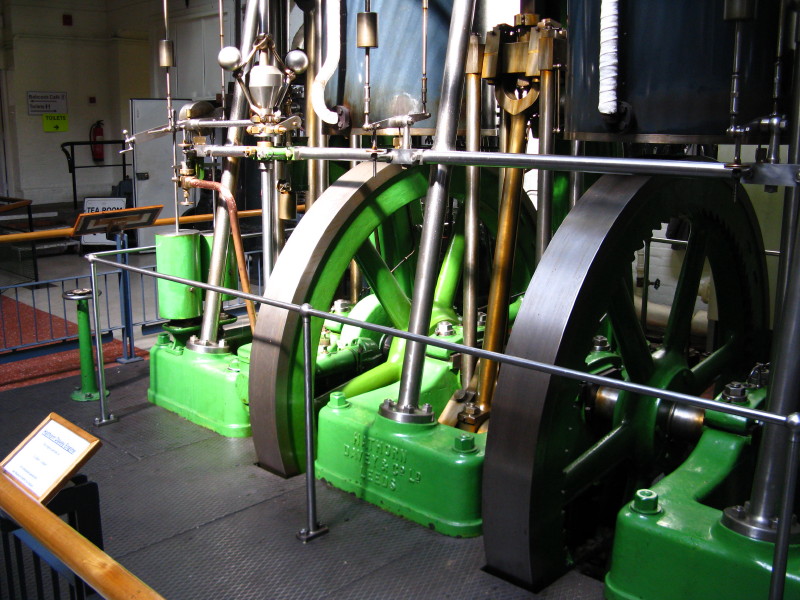
One of the several steam pumping engines housed in the museum.
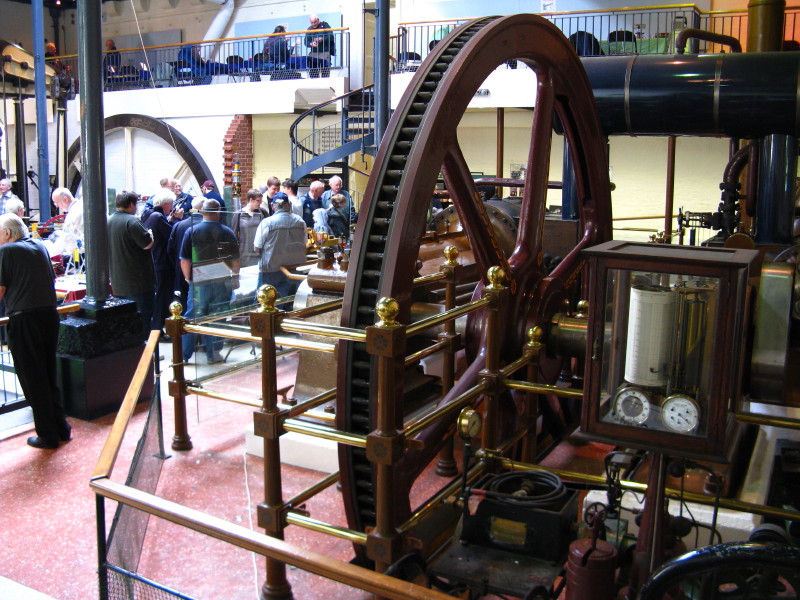
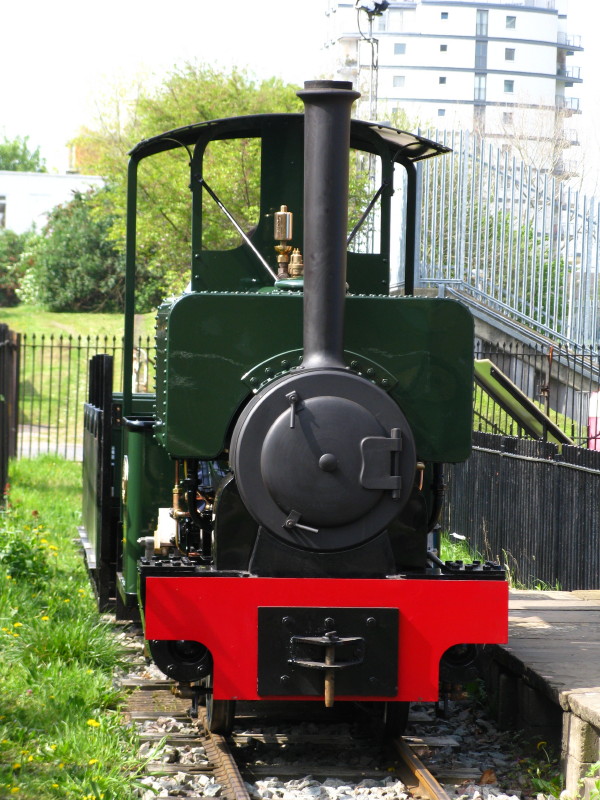
The steam museum is home to London's only operating steam railway with
its 2 ft gauge narrow-gauge line. Today was the debut of the museum's
new "Wren" locomotive. The line runs for 400 yards around the site.
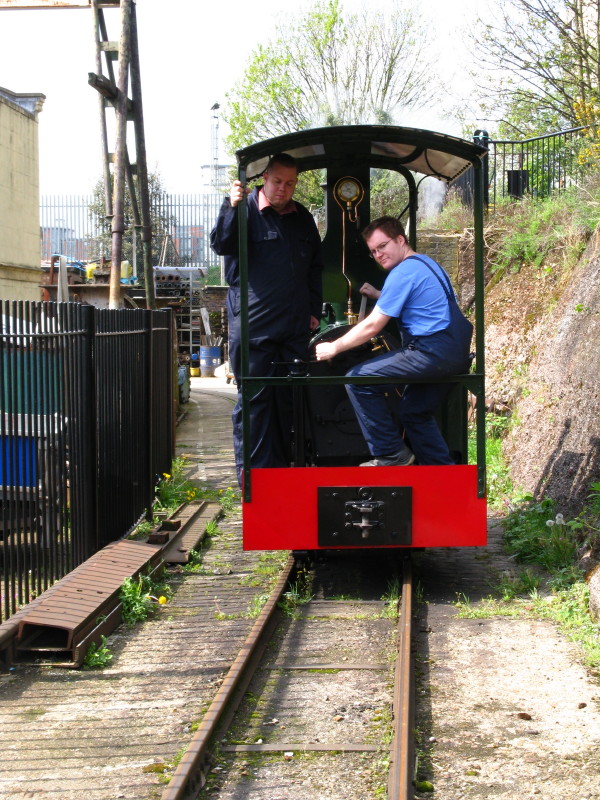
Our carriages having been pulled around the site by the diesel
locomotive, Wren backs up to the carriages ready to pull us back
round to the other side.

The museum houses the largest Cornish beam engine in the world, with
this building housing the 90 and 100-inch engines.
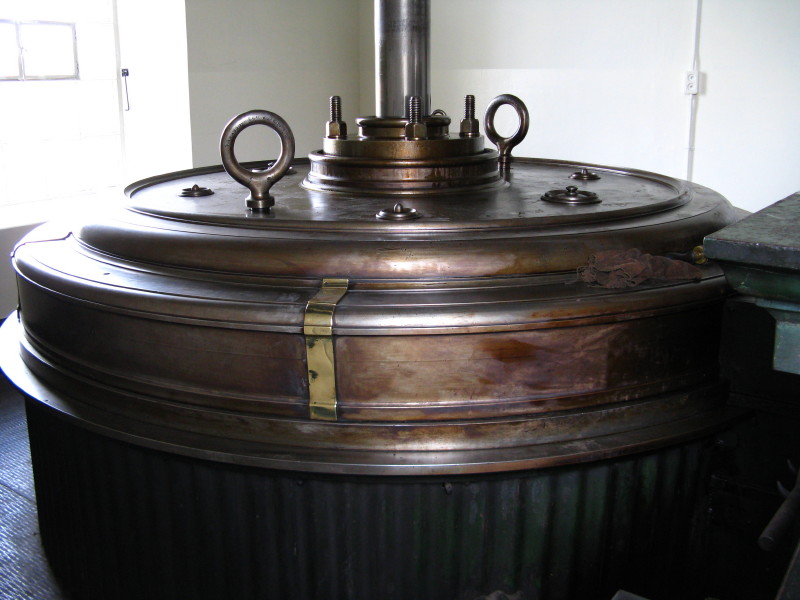
The impressively big cylinder
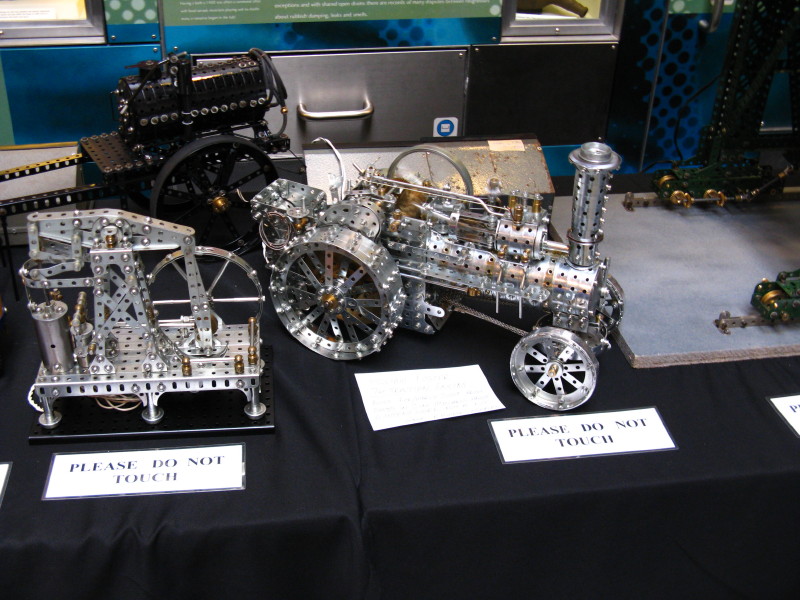
Also at the museum today was a special exhibit of Meccano
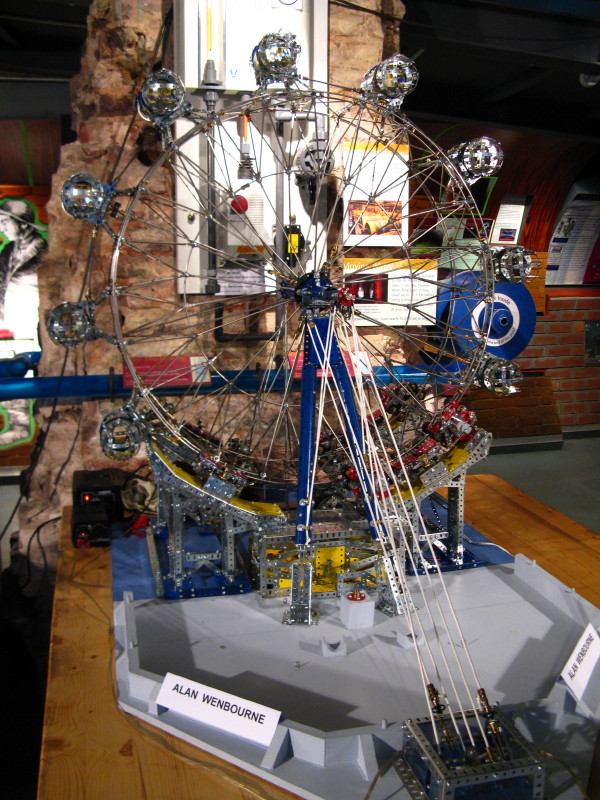
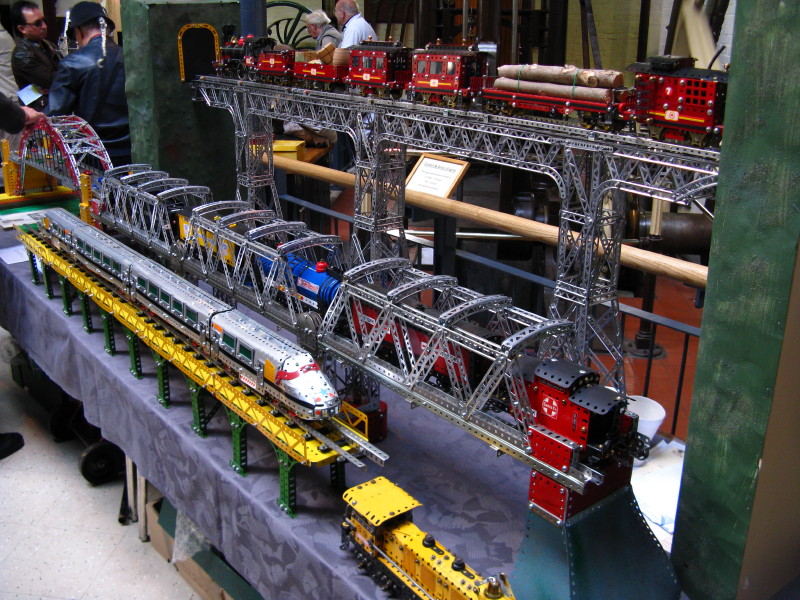
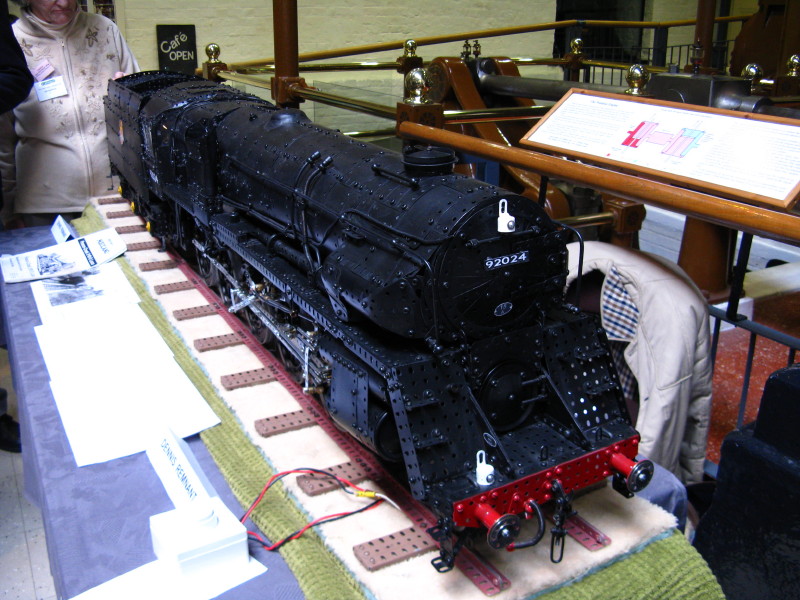
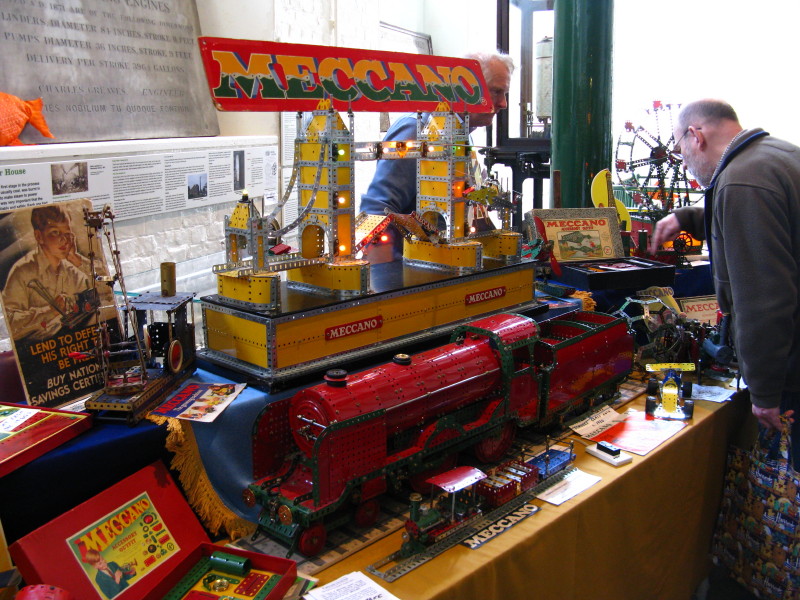
All in all, an interesting morning, though it was a little disappointing
that there was so little about the Grand Junction Waterworks Company.
STEAM - The Museum of the Great Western Railway
STEAM is a museum telling a little of the story of the
old Great Western Railway Works at Swindon. The name of the museum is
therefore a little misleading as there is relatively little about the
GWR itself (although there is some), the focus being on the works here.
The museum is housed in a restored Grade II listed
railway building which was part of the works, one of the largest in the
world and which operated from 1843 to 1986. It covered more than 300
acres (120 hectares) and could turn out three locomotives per week.
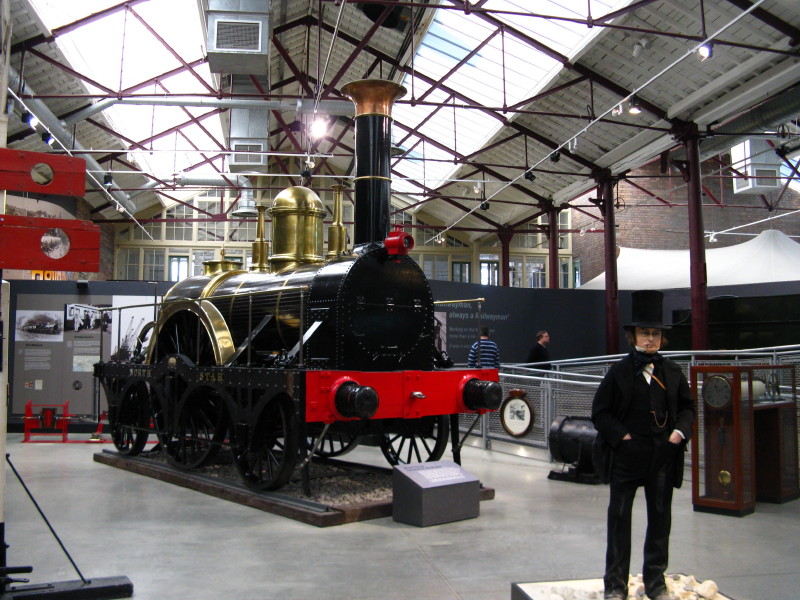
A replica of Morning Star, the first locomotive on the GWR, and a
replica of Isambard Kingdom Brunel, the GWR's engineer.

Caerphilly Castle, a member of the GWR 4073 Class: built in 1923,
it was withdrawn in 1960. It bears the a notice promoting the Cheltenham
Flyer, at one time the fastest scheduled train service in the world.

The photograph is blurred, but it was fascinating to have the
opportunity to walk underneath a steam locomotive.
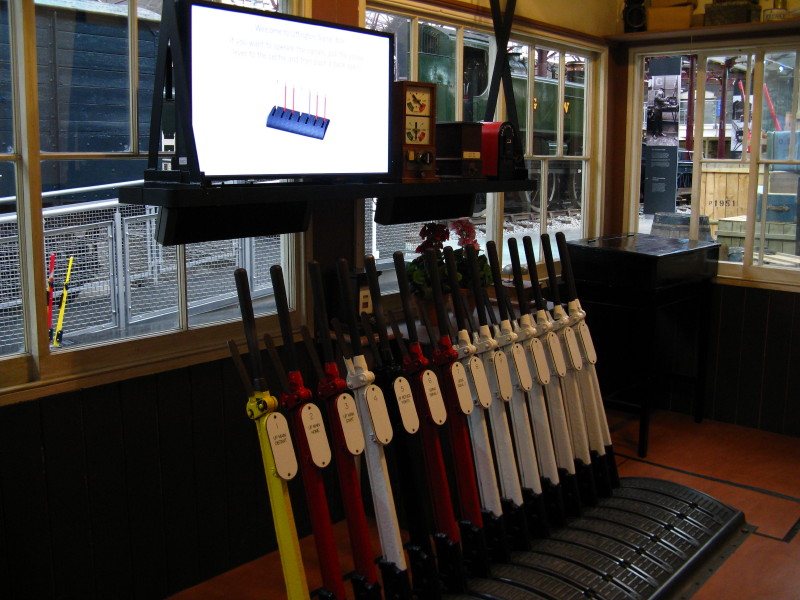
It was also fun to play at being a signalman, guided by the computer
simulation.
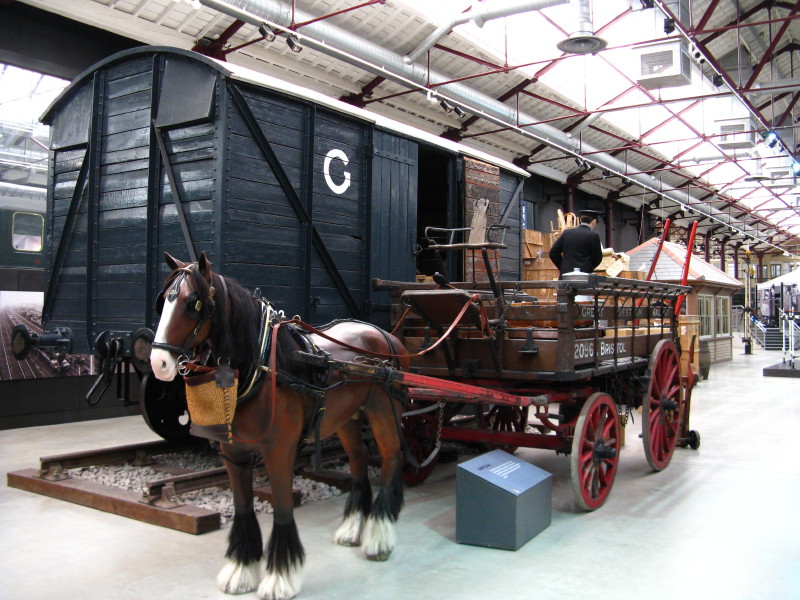
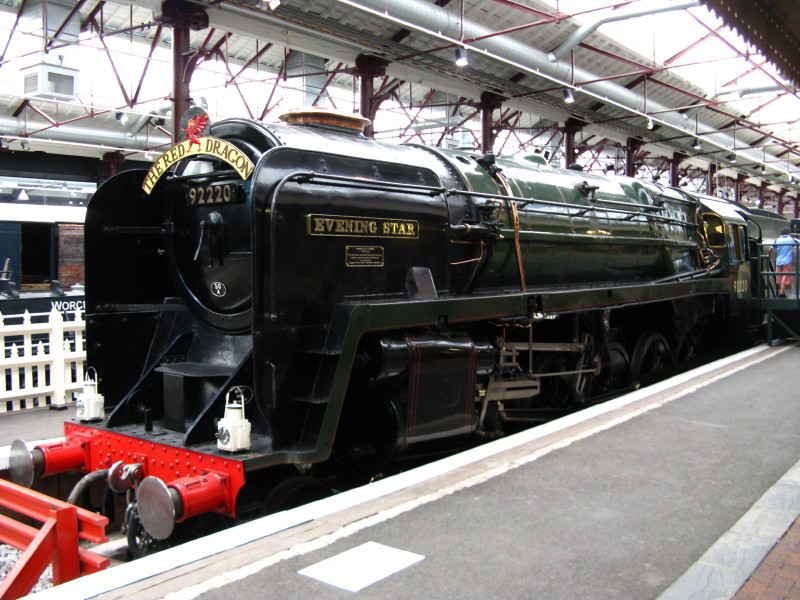
Evening Star was the last locomotive built here. A British
Railways Standard Class 9F, it entered service in 1960, but was
withdrawn in only 1965, a victim of the dieselisation programme.
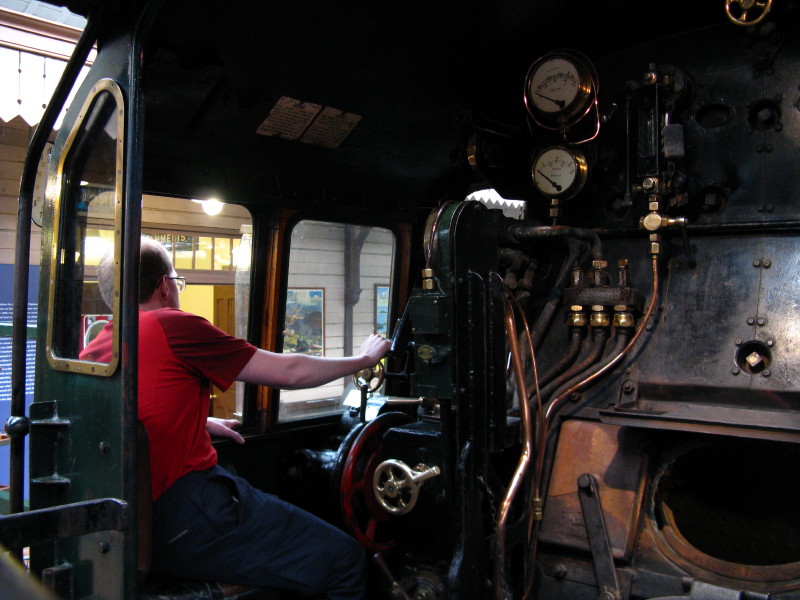
Stephen in the driving seat of Evening Star
A fascinating visit - definitely recommended.
|


















